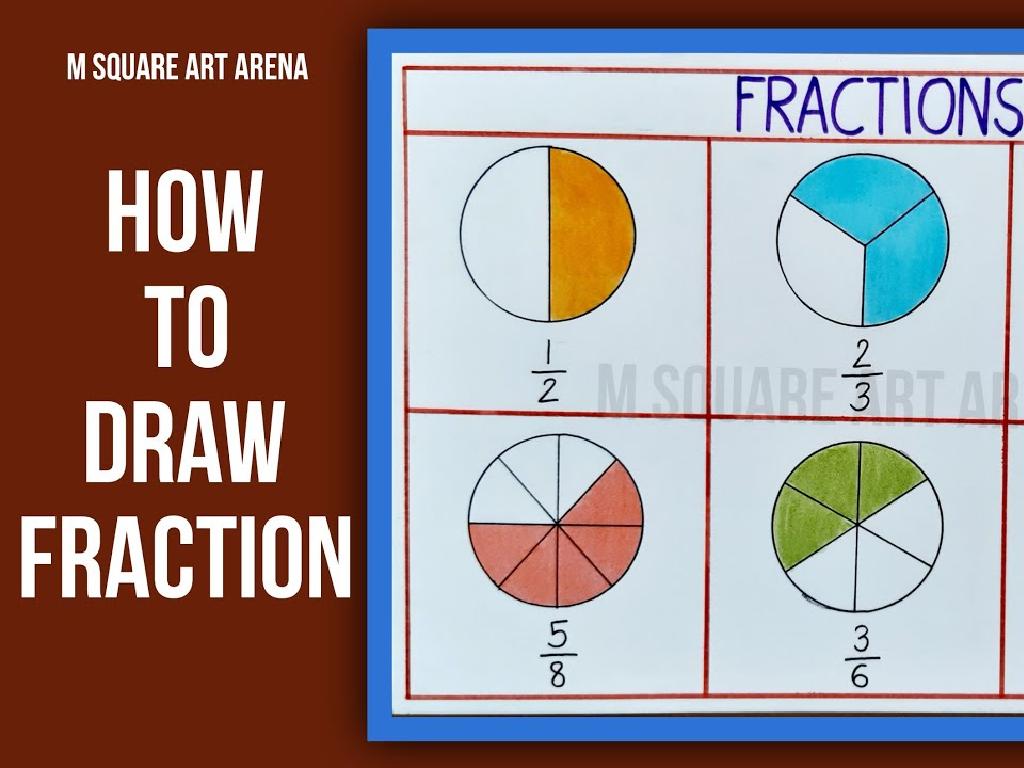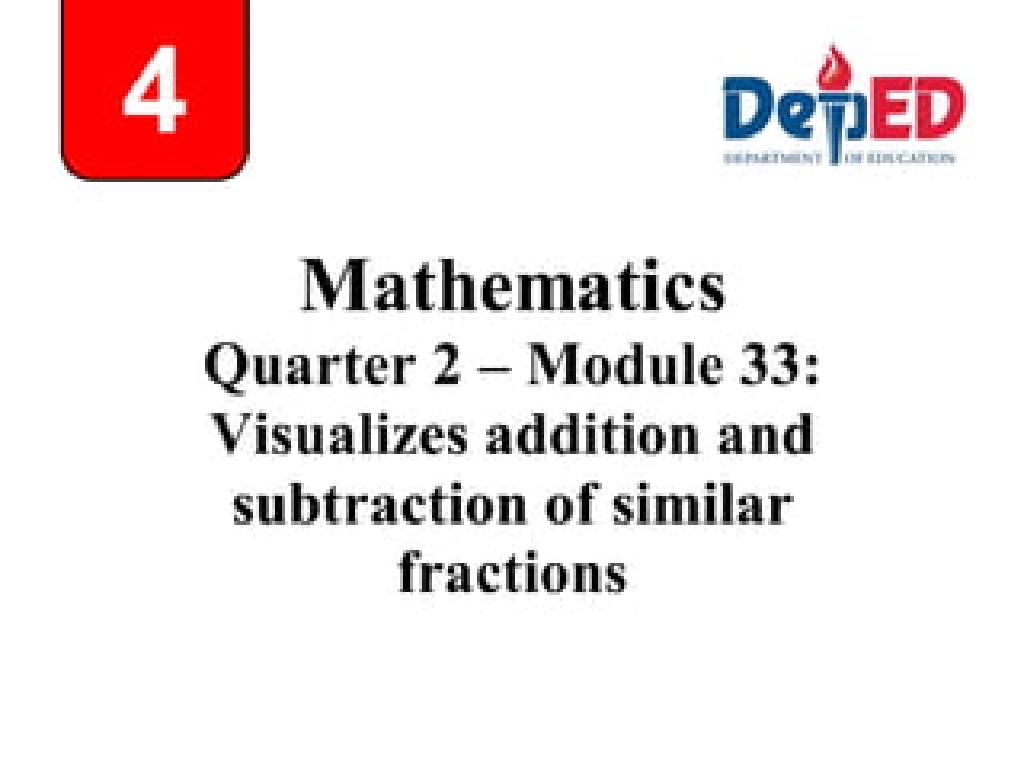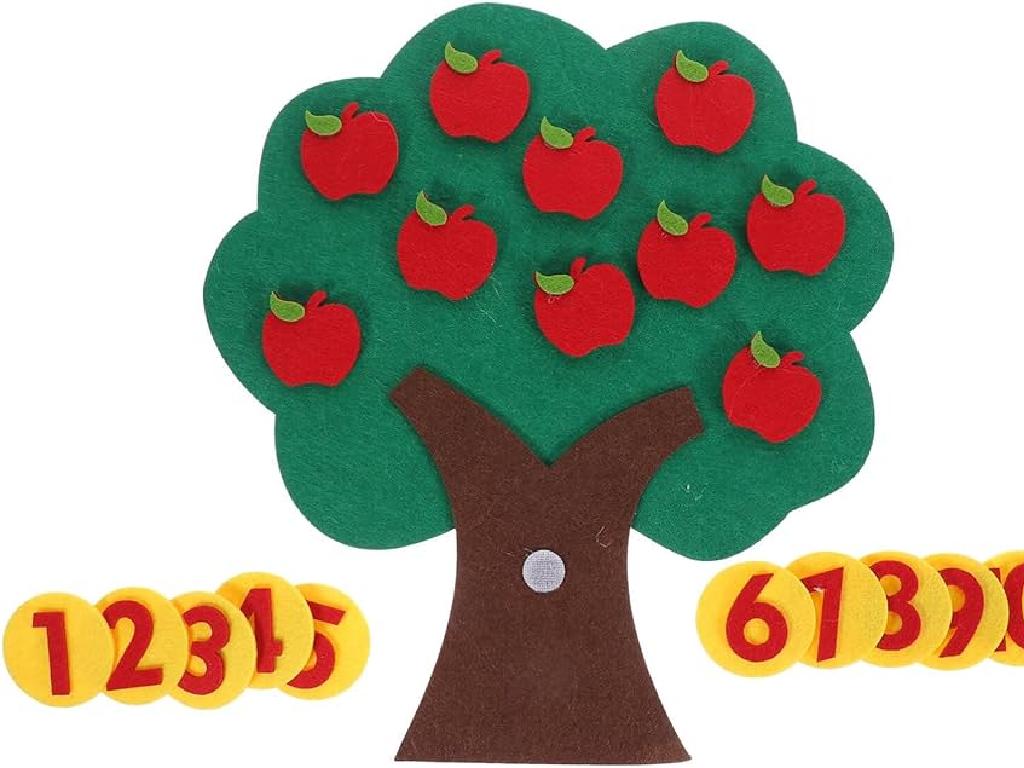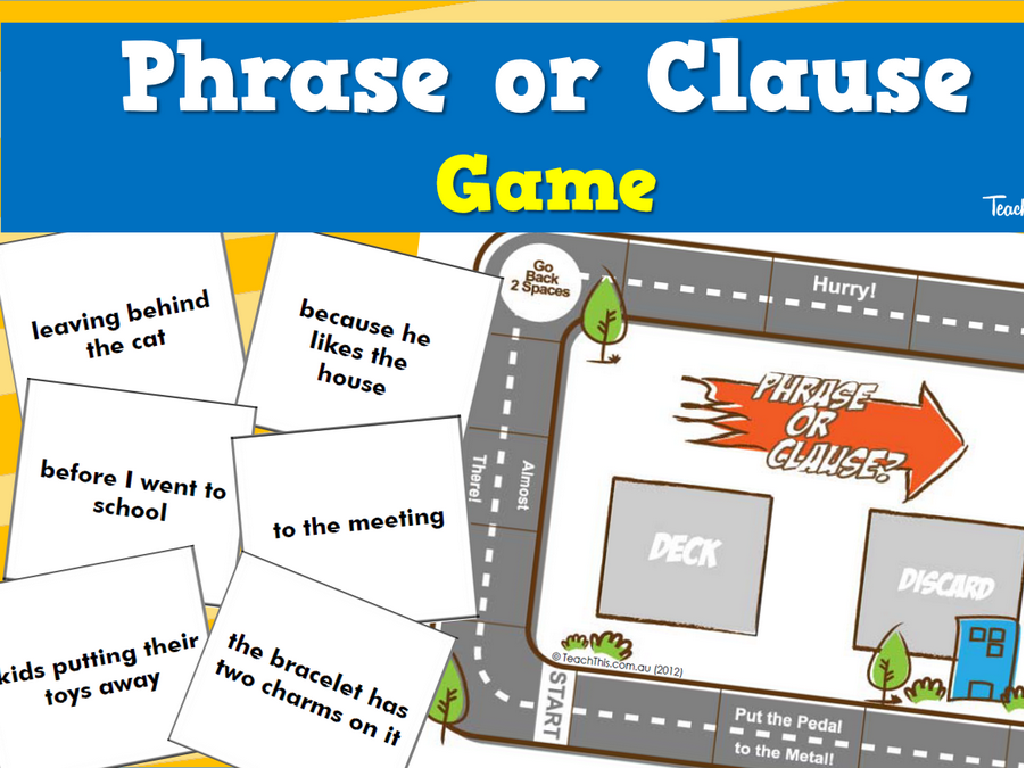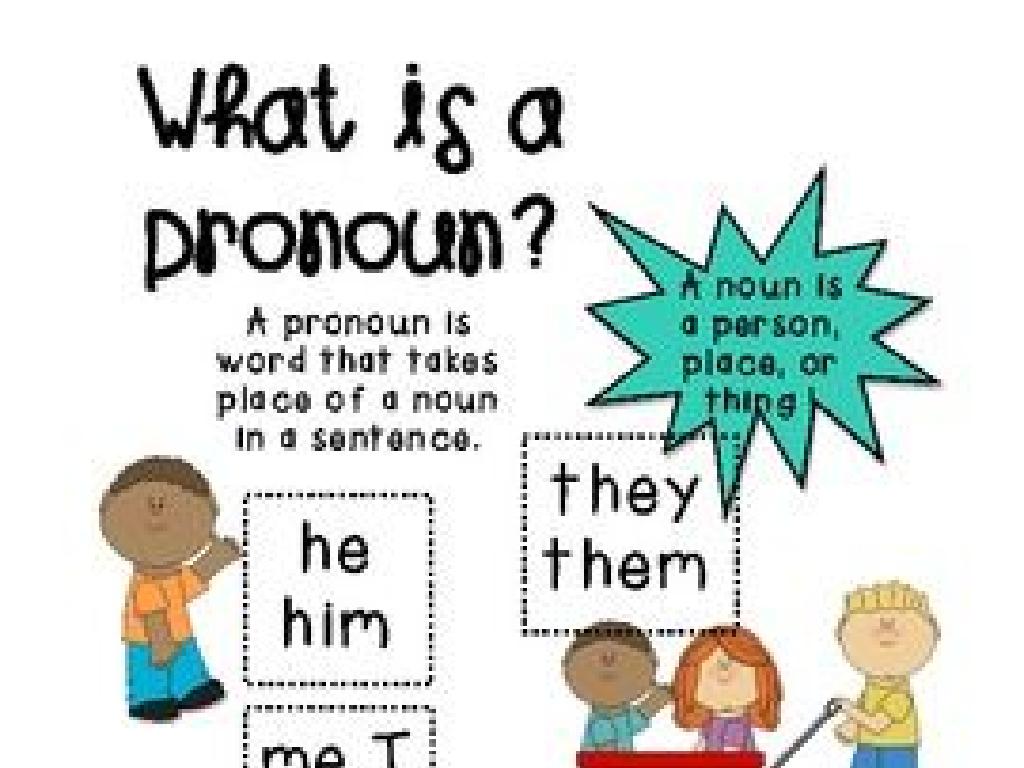Find The Letter In The Alphabet: Uppercase
Subject: Language arts
Grade: Kindergarten
Topic: Letter Identification
Please LOG IN to download the presentation. Access is available to registered users only.
View More Content
Welcome to the Alphabet Adventure!
– Sing the ABC song together
– Explore uppercase letters
– Uppercase letters start sentences
– Uppercase letters are big and tall
– Like ‘A’ in ‘Apple’ or ‘B’ in ‘Ball’
– Practice spotting uppercase letters
– Find uppercase letters in your favorite book
|
Begin the class with an engaging sing-along of the ABC song to get the children familiar with the alphabet. Introduce the concept of uppercase letters, explaining that they are the ‘big’ versions of letters used at the beginning of sentences and for proper nouns. Use visual aids like flashcards to show the difference between uppercase and lowercase letters. Encourage the children to identify and practice writing uppercase letters, and to spot them in the classroom, in their books, or on signs. Prepare a few simple activities where they can match uppercase letters with pictures of objects that start with that letter, such as ‘A’ with an image of an ‘Apple’.
Exploring Uppercase Letters
– What are uppercase letters?
– Uppercase letters are large and tall versions of the alphabet.
– Uppercase = Big alphabet letters
– They stand out because they’re bigger than lowercase letters.
– Also known as capital letters
– ‘Capital letters’ is another name for uppercase letters.
– Used for names and sentences
– Start sentences and proper nouns like ‘Tom’ with uppercase.
|
This slide introduces the concept of uppercase letters to Kindergarten students. Emphasize that uppercase letters, also known as capital letters, are just the larger versions of the letters they already know. They have special uses, such as starting sentences and names of people or places. Show examples of both uppercase and lowercase letters to highlight the differences. Engage the students by asking them to identify uppercase letters in their names or in simple sentences. This will help them understand the practical use of uppercase letters in writing.
Meet the Uppercase Letters
– Each letter’s unique shape
– Sounds of A, B, C, D
– ‘A’ sounds like ‘ay’, ‘B’ like ‘bee’, ‘C’ like ‘see’, ‘D’ like ‘dee’
– Find your name’s first letter
– Look for the uppercase letter that starts your name
– Practice recognizing letters
– Use alphabet cards to match shapes and sounds
|
This slide introduces Kindergarten students to uppercase letters, emphasizing their distinct shapes and sounds. Start by showing the letters A, B, C, and D, and articulate their sounds clearly. Encourage students to identify the first letter of their names in uppercase form. This can be turned into a fun activity where each child searches for their letter from a set of alphabet cards. Additionally, practice sessions can be conducted where students match letters with objects that start with the same letter, reinforcing their recognition skills. The goal is to make children comfortable with the appearance and phonetics of the uppercase alphabet.
Letter Hunt: Finding ‘A’
– Let’s go on a letter hunt!
– I’ll show you a letter
– I will display a big uppercase ‘A’
– Find it on the alphabet chart
– Look at our chart and match the letter
– Can you spot the letter ‘A’?
– ‘A’ is the first letter in the alphabet!
|
This slide is designed to engage Kindergarten students in a fun and interactive letter identification activity. The goal is to help them recognize and locate the uppercase letter ‘A’ on an alphabet chart. Begin by explaining what a letter hunt is and express excitement to capture their interest. Show them a large, clear image of the uppercase letter ‘A’ and then direct their attention to the alphabet chart in the classroom. Encourage them to find the letter ‘A’ on the chart. You can make this activity more dynamic by asking students to come up to the chart and point to the letter ‘A’ or by providing them with their own mini charts to find the letter. Praise their efforts and correct gently if they make a mistake. This activity helps with letter recognition and reinforces the concept of alphabetical order.
Practice Time: Writing Uppercase Letters
– Let’s write uppercase A together
– Start at the top and draw a slant down
– Now, let’s try uppercase B
– Start at the top, draw down, and add two bumps
– Can you write uppercase C?
– Start at the top, make a nice curve
– Finally, let’s draw uppercase D
– Start at the top, draw a straight line, and add a big curve
|
This slide is for a classroom activity where students will practice writing uppercase letters A, B, C, and D. Demonstrate each letter on the board, emphasizing starting at the top and following the lines. Provide students with lined paper and guide them through each letter one by one. Encourage them to trace the letters if provided with worksheets. For individual practice, students can write each letter in the air with their finger, on a friend’s back to guess, or in a tray of sand for sensory feedback. Praise their efforts and correct gently, ensuring they gain confidence in their writing skills.
Alphabet Match Game
– Let’s play a matching game
– Match uppercase letters to pictures
– Find the letter A and match it to the picture of an Apple
– A is for Apple, B is for Ball…
– Continue matching each letter with its corresponding picture
– Have fun while learning letters!
|
This slide introduces a fun and interactive matching game to help Kindergarten students learn and reinforce their understanding of uppercase letters and their sounds. Each student will be given a set of cards with uppercase letters and another set with pictures. They will match the letter to the correct picture that represents the beginning sound of the word associated with the picture, such as ‘A’ with ‘Apple’ and ‘B’ with ‘Ball’. This activity promotes visual recognition of uppercase letters and phonemic awareness. Teachers should walk around the classroom to assist students who may struggle and to ensure that each child is engaged and participating. Possible variations of the activity could include matching lowercase letters to uppercase letters or finding objects in the classroom that start with the same letter/sound.
Class Activity: Uppercase Letter Craft
– Choose your favorite uppercase letter
– Decorate your letter with colors
– Use your favorite colors to fill in the letter
– Add stickers to make it unique
– Place stickers to personalize your letter
– Show your letter to the class
|
This activity is designed to help Kindergarten students recognize and appreciate uppercase letters through a fun and interactive craft. Provide each student with a large printed uppercase letter of their choice. Have a variety of art supplies available, such as crayons, markers, stickers, and glitter. Encourage creativity and individual expression as they decorate their letters. Possible activities include: 1) Letter fashion show where students parade their letters, 2) Letter gallery on the wall, 3) Find classmates with the same letter, 4) Create a letter-themed story, 5) Letter matching game with lowercase counterparts. This will reinforce their understanding of uppercase letters in a memorable way.
Review and Goodbye: Uppercase Letters
– Review uppercase ABCs
– Sing the ABC song together
– Use our big letter cards as visual aids
– Celebrate today’s learning
– Anticipate the next alphabet adventure
|
As we conclude today’s lesson, it’s important to reinforce the learning by reviewing the uppercase letters. Encourage the children to sing the ABC song once more, this time holding up large letter cards for each letter they sing. This visual and auditory activity helps solidify their recognition of uppercase letters. Praise their efforts and enthusiasm throughout today’s lesson, and build excitement for their continued journey through the alphabet in upcoming classes. Remember to keep the atmosphere fun and engaging to foster a love for learning letters.

